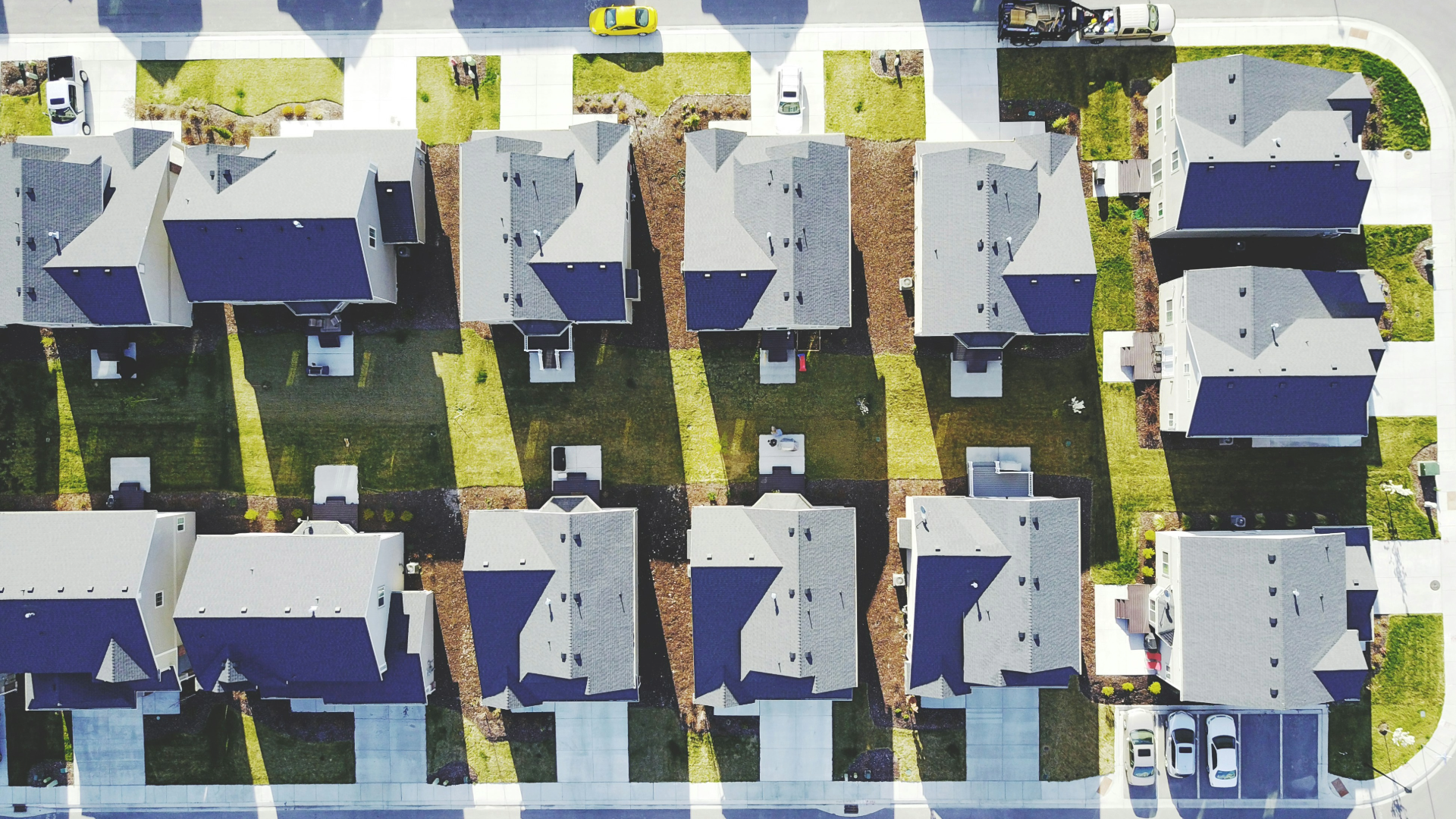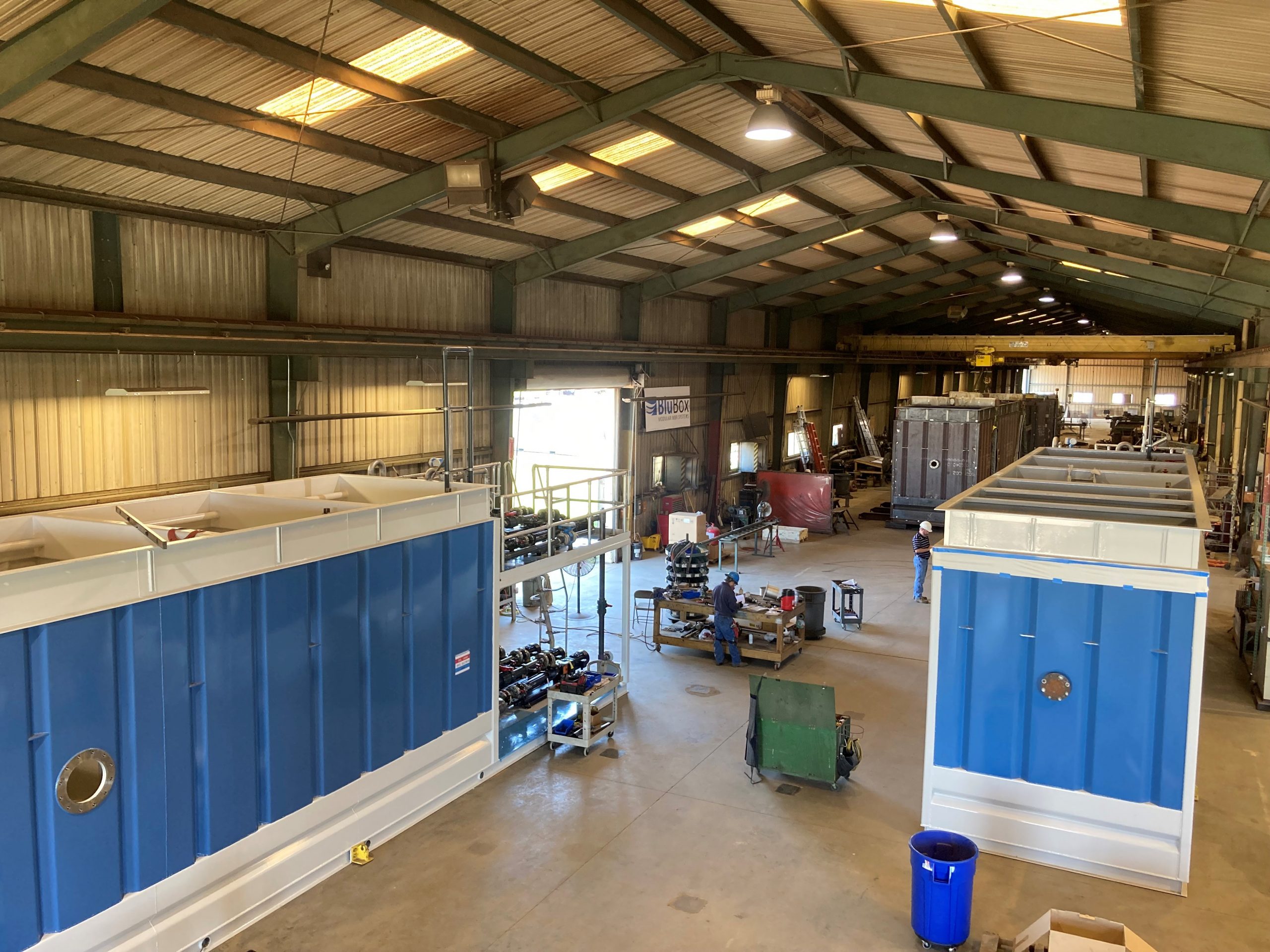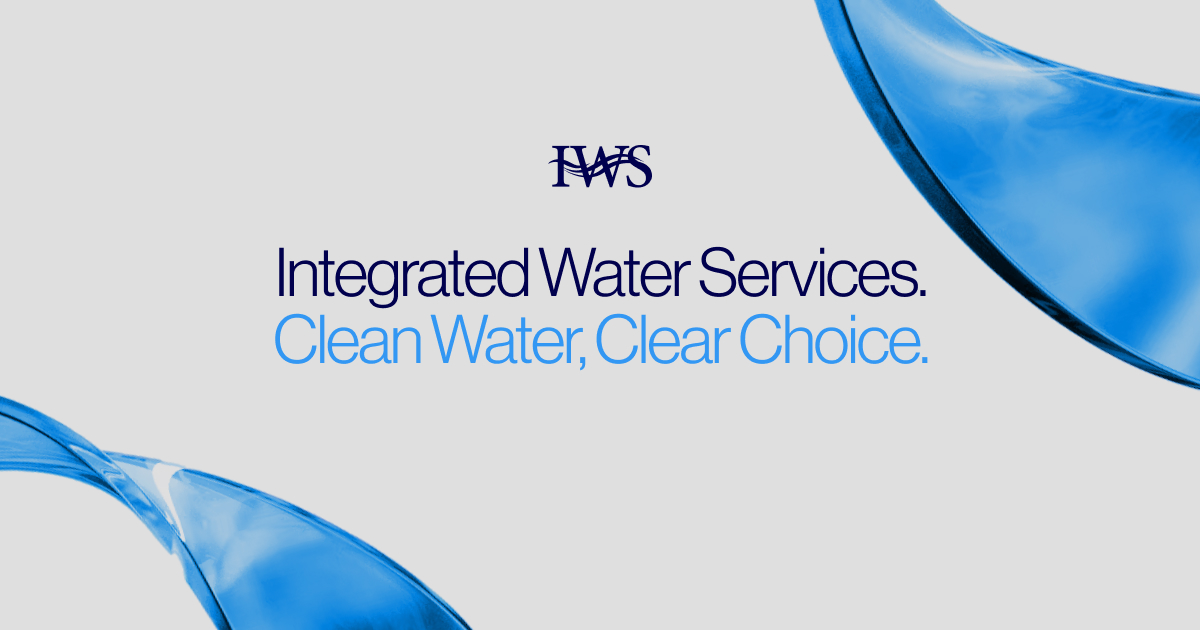Spotlight on Reclaimed Water Regulations: California

Wastewater reuse is among the most compelling topics in a world of increasingly stringent regulations and dire public health threats. If your business could find a way to turn its wastewater into clean effluent for sanitation purposes or even potable drinking water, you’d be well on your way toward a more sustainable and profitable future.
In California, businesses now have a new tool in their arsenal of wastewater reuse.
At the end of 2023, the California State Water Resources Control Board approved regulations that “will allow water systems to develop treatment protocols to convert wastewater into high quality drinking water.” The concept is called “direct potable reuse,” and it’s the very vanguard of sustainable wastewater recycling in the U.S. According to the board, this new language represents “the most advanced standards in the nation for treating wastewater to such an extent that the finished product meets or exceeds current drinking water standards.”
Businesses operating in other states would do well to take note of California’s position.
“This is an exciting development in the state’s ongoing efforts to find innovative solutions to the challenges of extreme weather driven by climate change,” said E. Joaquin Esquivel, chair of the California State Water Board. “On top of helping us build drought-resilient water supplies, direct potable reuse offers energy savings and environmental benefits. And most importantly, these regulations ensure that the water produced is not only safe, but purer than many drinking water sources we now rely on.”
Direct potable reuse is just one outlet for wastewater treatment in California.
More broadly, the California State Water Resources Control Board has recognized that wastewater reuse can be a key tool “for diversifying local supplies and improving the state’s long-term water resilience.”
READ MORE: Water Boards Recycled Water Policy and Regulations
The state has become more assertive in its wastewater treatment goals in the past few years. Gov. Gavin Newsom’s August 2022 Water Supply Strategy outlined a goal of recycling at least 800,000 acre-feet of water per year by 2030 and 1.8 million acre-feet of water per year by 2040. “Most of that additional recycling [will involve] redirecting wastewater discharges that are now going to the ocean,” according to the board.
California defines “recycled water” as “water which, as a result of treatment of waste, is suitable for a direct beneficial use or a controlled use that would not otherwise occur. Simply put, recycled water is water treated to remove waste matter, attaining a quality that is suitable to use the water again.”
To attain such a high level of quality in effluent, the treatment process must be efficient and layered with targeted waste removal technology. Membrane bioreactor (MBR) systems have emerged over the past 20 years as a specialized solution for that purpose.
MBR systems integrate a perm-selective membrane (hollow fiber or flat sheet, for example, with varying sizes of particle filtration, such as microfiltration or ultrafiltration) into a biological process such as a suspended growth bioreactor. During filtration at the end of the treatment process, the MBR system removes organic and suspended solids in wastewater at a more efficient and thorough rate than traditional processes.
READ MORE: MBR Solutions for Modern Industries
Potable drinking water is possible under that treatment regimen.
But that’s not all. The state of California outlines its wastewater reuse regulations in the following categories:
Nonpotable Reuse
Definition: “Recycled water from sources that contain domestic waste may be used for a variety of nonpotable applications in California including irrigation, impoundments, and industrial or commercial cooling.”
Onsite Treated Nonpotable Reuse
Note: Rulemaking for this category remains on the table. Formal adoption of any rules is expected in the fall of 2024. You can read a list of frequently asked questions published by the state.
Indirect Potable Reuse
Definition: “Indirect Potable Reuse (IPR) is the planned use of recycled water to replenish drinking water supplies with a suitable environmental barrier. There are two types of IPR projects: Groundwater Replenishment Reuse Projects (GRRP) and Surface Water Source Augmentation Projects (SWSAP).”
Direct Potable Reuse
Note: “Direct potable reuse relies entirely on immediate, multi-barrier treatment that can recycle wastewater to drinking water standards in a matter of hours.”
Wastewater Recycling in California: The Future
The state of California Water Recycling Criteria (Title 22 Section 60323) requires an engineering report, approved by the State Water Resources Control Board – Division of Drinking Water, for all recycled water projects.
And as you can tell, in California and elsewhere, the matter of wastewater reuse and recycling remains an ongoing public debate. New technologies and new social needs will dictate the shape of that debate, and businesses across a wide spectrum of industries can play a pivotal role in the conversation.
The trajectory of wastewater recycling regulations will likely focus more on enhancing sustainability and the efficient management of water resources. As the state confronts the challenges of water scarcity and environmental preservation, regulatory frameworks are expected to evolve, introducing stricter criteria to govern the safety, quality, and application of recycled water across various sectors, including agriculture, urban landscaping, and industrial processes.
Technological advancements play a crucial role in shaping these regulations, as new methods for treating and reusing wastewater emerge. The state’s regulatory bodies are on track to continue embracing these innovations, setting standards that encourage the adoption of cutting-edge recycling technologies. This is aimed at improving the overall efficiency of water use, reducing reliance on traditional water sources, and minimizing environmental impact.
California’s approach to wastewater recycling regulations will likely include measures to support and expedite the development of recycling projects–so stay tuned to state water news. This could involve streamlined permitting processes, incentives for water agencies and businesses to invest in recycling infrastructure, and initiatives designed to enhance public acceptance of recycled water.
As the state moves forward, the regulatory landscape will adapt to ensure that recycled water remains a safe, reliable, and integral component of California’s water management strategy.
Want to learn more? Read some of our recent articles:
Sign up for the Integrated Water Services newsletter below. We share important perspectives and news on MBR wastewater treatment every two weeks.
Want to learn more? Read some of our similar articles:
Sign up for the Integrated Water Services newsletter.
We share important perspectives and news on MBR wastewater treatment every two weeks.


